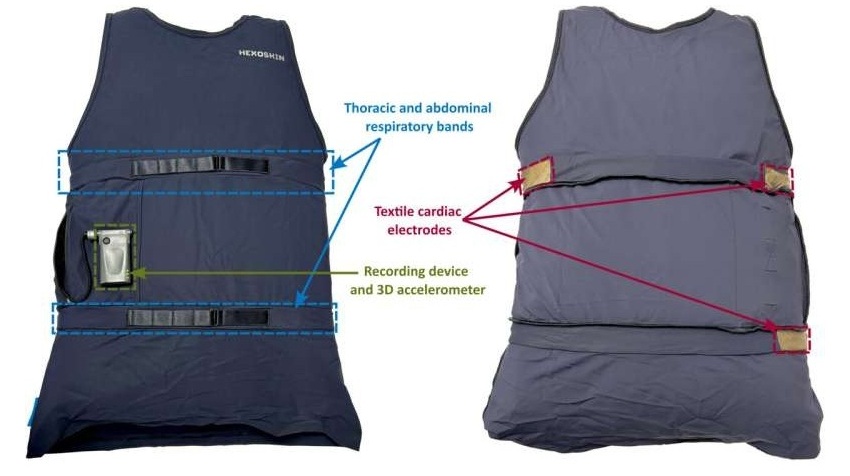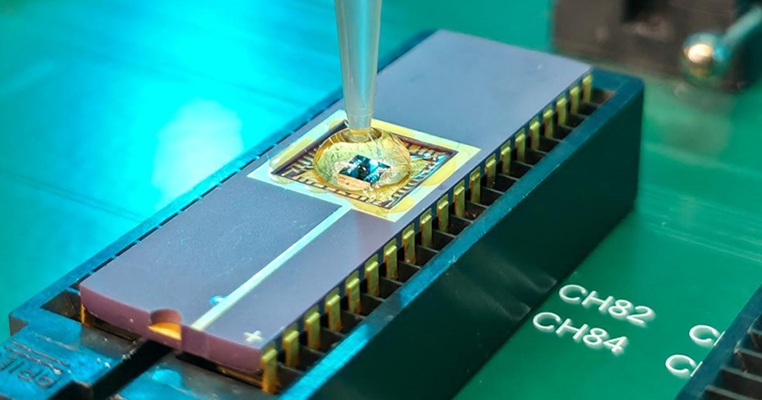Microdiskectomy Bests Nonsurgical Care for Sciatica Pain
|
By HospiMedica International staff writers Posted on 01 Apr 2020 |
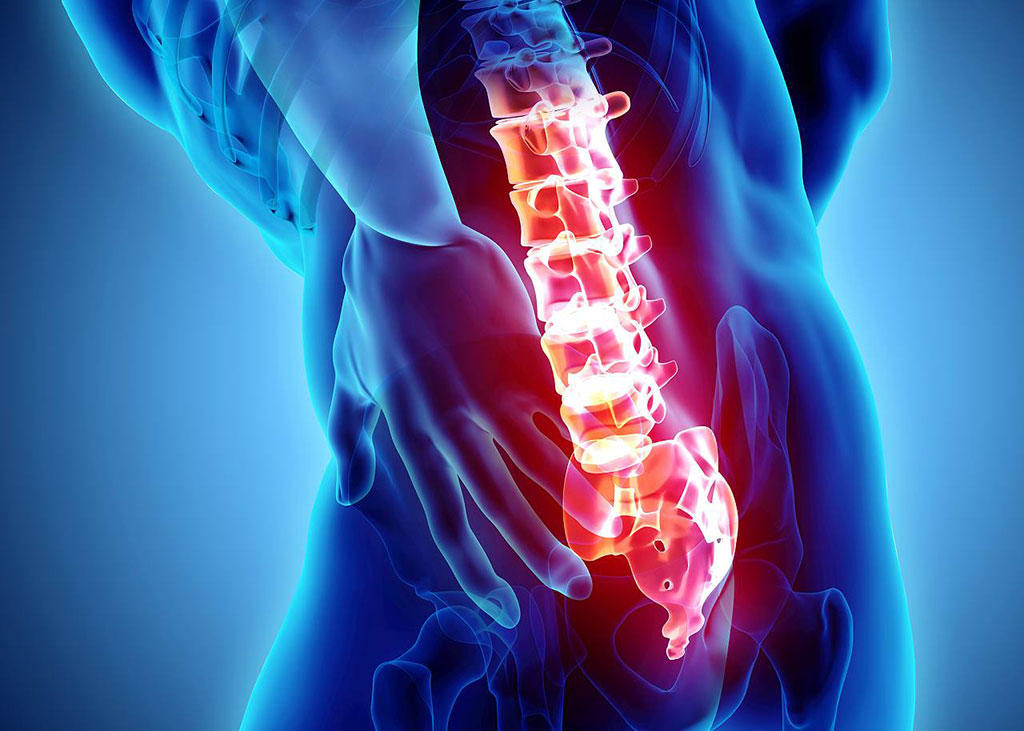
Image: Lumbar microdiskectomy is the best solution for chronic Sciatica pain (Photo courtesy of 123RF)
Lumbar surgery is superior to conservative treatment for chronic sciatica caused by disc herniation, according to a new study.
Researchers at London Health Sciences Centre (Canada), St. Joseph’s Hospital (SJHC; London, Canada), the University of Western Ontario (UWO, London, Canada), and other institutions conducted a study involving 128 patients with long-term sciatica and lumbar disk herniation. The patients were randomized to microdiskectomy or to six months of standardized non-operative care, followed by surgery if needed. The primary outcome was intensity of leg pain on a visual analogue scale (VAS) at six months after enrollment; secondary outcomes were Oswestry Disability Index, back and leg pain, and quality-of-life scores.
The results revealed that at baseline, the mean score for leg-pain intensity was 7.7 in the surgical group and 8.0 in the nonsurgical group. The primary outcome of leg-pain intensity score at six months was 2.8 in the surgical group and 5.2 in the nonsurgical group. Of the 64 patients in the nonsurgical group, 34% crossed over to undergo surgery. Nine patients had adverse events associated with surgery, and one patient underwent repeat surgery for recurrent disk herniation. The secondary outcomes followed the primary outcome. The study was published on March 18, 2020, in the New England Journal of Medicine (NEJM).
“My take-home message is that, unlike acute sciatica, chronic sciatica is much less responsive to non-operative treatment, and with surgery it is 70% more likely to significantly improve,” said lead author Chris Bailey, MD, of the Western University Bone and Joint Institute. “Whether to prescribe surgery or conservative treatment in these persistent sciatica patients is controversial, because a longer duration of symptoms has been correlated with a poorer outcome associated with lumbar discectomy in some studies.”
Lumbar disk herniation is a common, often debilitating, condition that occurs when the nucleus pulposus bulges through a tear in the disk's exterior layer and puts pressure on the nerve root ganglion. Herniated disks are often the source of sciatica, a pain that radiates downward from the lower back into the leg. Conservative treatment options range from pain medications to corticosteroids injected directly into the affected area of the spine. Those who don't respond may require surgery.
Related Links:
London Health Sciences Centre
St. Joseph’s Hospital
University of Western Ontario
Researchers at London Health Sciences Centre (Canada), St. Joseph’s Hospital (SJHC; London, Canada), the University of Western Ontario (UWO, London, Canada), and other institutions conducted a study involving 128 patients with long-term sciatica and lumbar disk herniation. The patients were randomized to microdiskectomy or to six months of standardized non-operative care, followed by surgery if needed. The primary outcome was intensity of leg pain on a visual analogue scale (VAS) at six months after enrollment; secondary outcomes were Oswestry Disability Index, back and leg pain, and quality-of-life scores.
The results revealed that at baseline, the mean score for leg-pain intensity was 7.7 in the surgical group and 8.0 in the nonsurgical group. The primary outcome of leg-pain intensity score at six months was 2.8 in the surgical group and 5.2 in the nonsurgical group. Of the 64 patients in the nonsurgical group, 34% crossed over to undergo surgery. Nine patients had adverse events associated with surgery, and one patient underwent repeat surgery for recurrent disk herniation. The secondary outcomes followed the primary outcome. The study was published on March 18, 2020, in the New England Journal of Medicine (NEJM).
“My take-home message is that, unlike acute sciatica, chronic sciatica is much less responsive to non-operative treatment, and with surgery it is 70% more likely to significantly improve,” said lead author Chris Bailey, MD, of the Western University Bone and Joint Institute. “Whether to prescribe surgery or conservative treatment in these persistent sciatica patients is controversial, because a longer duration of symptoms has been correlated with a poorer outcome associated with lumbar discectomy in some studies.”
Lumbar disk herniation is a common, often debilitating, condition that occurs when the nucleus pulposus bulges through a tear in the disk's exterior layer and puts pressure on the nerve root ganglion. Herniated disks are often the source of sciatica, a pain that radiates downward from the lower back into the leg. Conservative treatment options range from pain medications to corticosteroids injected directly into the affected area of the spine. Those who don't respond may require surgery.
Related Links:
London Health Sciences Centre
St. Joseph’s Hospital
University of Western Ontario
Latest Surgical Techniques News
- Groundbreaking Procedure Combines New Treatments for Liver Tumors
- Ablation Reduces Stroke Risk Associated with Atrial Fibrillation
- Optical Tracking Method Identifies Target Areas in Robot-Assisted Neurosurgery
- General Anesthesia Improves Post-Surgery Outcomes for Acute Stroke Patients
- Drug-Coated Balloons Can Replace Stents Even in Larger Coronary Arteries
- Magnetic Kidney Stone Retrieval Device Outperforms Ureteroscopic Laser Lithotripsy
- Absorbable Skull Device Could Replace Traditional Metal Implants Used After Brain Surgery
- Magic Silicone Liquid Powered Robots Perform MIS in Narrow Cavities
- 'Lab-on-a-Scalpel' Provides Real-Time Surgical Insights for POC Diagnostics in OR
- Biodegradable Brain Implant Prevents Glioblastoma Recurrence
- Tiny 3D Printer Reconstructs Tissues During Vocal Cord Surgery
- Minimally Invasive Procedure for Aortic Valve Disease Has Similar Outcomes as Surgery
- Safer Hip Implant Design Prevents Early Femoral Fractures
- New Nanomaterial Improves Laser Lithotripsy for Removing Kidney Stones
- Ultraflexible Neurovascular Microcatheter Delivers Therapies to Tiniest Blood Vessels

- Magnetic Soft Robotic Valve Provides Minimally Invasive Intervention for Acid Reflux
Channels
Critical Care
view channel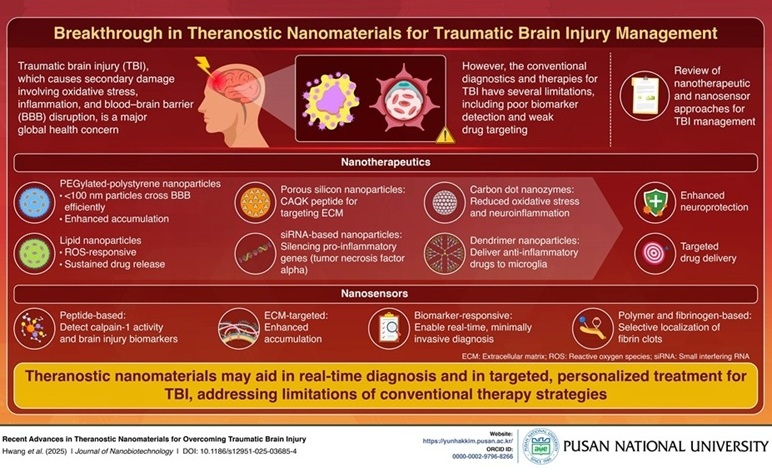
Smart Nanomaterials Detect and Treat Traumatic Brain Injuries Simultaneously
Traumatic brain injury (TBI) continues to leave millions with long-term disabilities every year. After a sudden impact from a fall, collision, or accident, the brain undergoes inflammation, oxidative stress,... Read more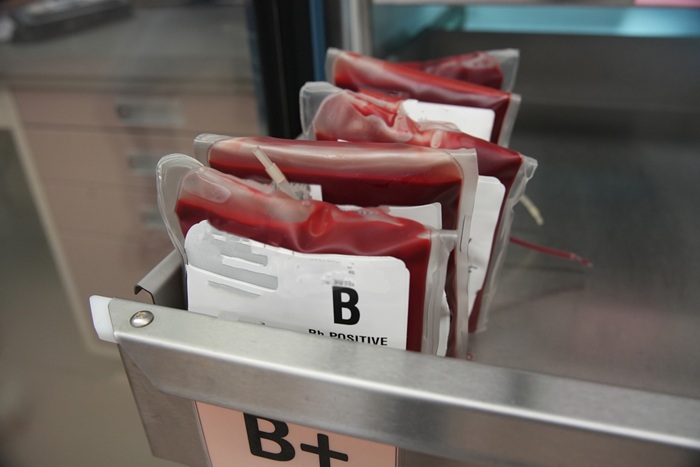
Earlier Blood Transfusion Could Reduce Heart Failure and Arrhythmia in Heart Disease Patients
Blood loss during or after surgery can place significant stress on people with heart disease, increasing the risk of dangerous complications. Transfusions are often delayed until hemoglobin levels fall... Read morePatient Care
view channel
Revolutionary Automatic IV-Line Flushing Device to Enhance Infusion Care
More than 80% of in-hospital patients receive intravenous (IV) therapy. Every dose of IV medicine delivered in a small volume (<250 mL) infusion bag should be followed by subsequent flushing to ensure... Read more
VR Training Tool Combats Contamination of Portable Medical Equipment
Healthcare-associated infections (HAIs) impact one in every 31 patients, cause nearly 100,000 deaths each year, and cost USD 28.4 billion in direct medical expenses. Notably, up to 75% of these infections... Read more
Portable Biosensor Platform to Reduce Hospital-Acquired Infections
Approximately 4 million patients in the European Union acquire healthcare-associated infections (HAIs) or nosocomial infections each year, with around 37,000 deaths directly resulting from these infections,... Read moreFirst-Of-Its-Kind Portable Germicidal Light Technology Disinfects High-Touch Clinical Surfaces in Seconds
Reducing healthcare-acquired infections (HAIs) remains a pressing issue within global healthcare systems. In the United States alone, 1.7 million patients contract HAIs annually, leading to approximately... Read moreHealth IT
view channel
Printable Molecule-Selective Nanoparticles Enable Mass Production of Wearable Biosensors
The future of medicine is likely to focus on the personalization of healthcare—understanding exactly what an individual requires and delivering the appropriate combination of nutrients, metabolites, and... Read moreBusiness
view channel
Philips and Masimo Partner to Advance Patient Monitoring Measurement Technologies
Royal Philips (Amsterdam, Netherlands) and Masimo (Irvine, California, USA) have renewed their multi-year strategic collaboration, combining Philips’ expertise in patient monitoring with Masimo’s noninvasive... Read more
B. Braun Acquires Digital Microsurgery Company True Digital Surgery
The high-end microsurgery market in neurosurgery, spine, and ENT is undergoing a significant transformation. Traditional analog microscopes are giving way to digital exoscopes, which provide improved visualization,... Read more
CMEF 2025 to Promote Holistic and High-Quality Development of Medical and Health Industry
The 92nd China International Medical Equipment Fair (CMEF 2025) Autumn Exhibition is scheduled to be held from September 26 to 29 at the China Import and Export Fair Complex (Canton Fair Complex) in Guangzhou.... Read more










